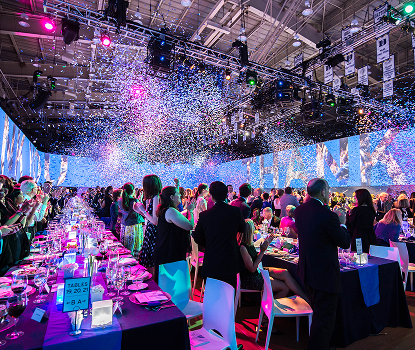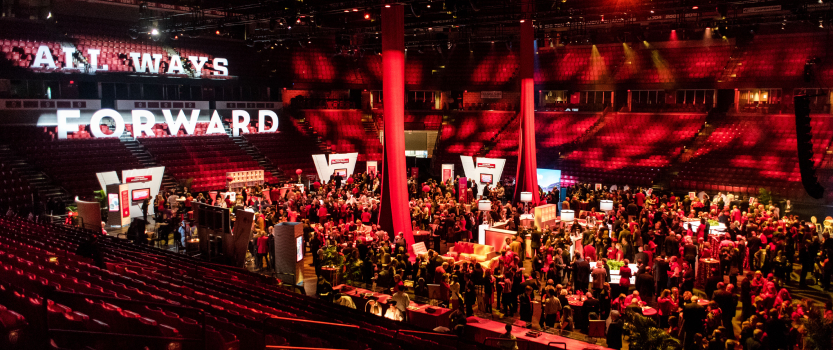If there’s one thing we’ve learned from our clients in the pharmaceutical industry, it’s that change is the only constant.
From new therapies to shifts in strategy to an unprecedented amount of mergers and acquisitions, it seems anymore that the industry is in a perpetual state of flux. Today’s pharmaceutical environment also brings about a new competitive intensity, compressed timelines, and increasing costs. Additionally, gaining access to HCPs has become more challenging than ever before.
All told, it’s hard to be a pharma rep these days.
Engaging the rep becomes not just important, but paramount to growing market share in the pharmaceutical space. Your reps are the lifeblood of the industry, serving as the vital link between the home office and healthcare professionals (HCPs), providing critical education that directly impacts the lives of the patients they serve.
With so many new challenges emerging every day, it’s crucial to find innovative ways to keep reps motivated and engaged. We’re asked by our clients every day to create new, innovative and, dare we say, fun, ways to engage this important constituency. Here are some of our recommendations for driving engagement and communication:
-
Communicate Masterfully
Effective communication lies at the heart of engaging pharma rep. It’s not just about conveying information but crafting compelling narratives that resonate with them. Our tips:
- Utilize various modalities of communication, from live get-togethers to ongoing dialogues that reinforce your messages on the daily. Said differently, do not rely on email for all of your communications.
- Incorporate storytelling into your communication strategy, allowing representatives to connect emotionally with the message. Don’t be afraid to use humor and entertainment.
- Embrace vulnerability and authenticity to capture their attention and foster a sense of trust and camaraderie. Reps look up to leaders and are constantly looking for ways to connect emotionally to them.
-
Reduce Friction
Streamlining processes and reducing friction points is essential for empowering pharmaceutical representatives to perform at their best.
- Embrace user-centered design principles to create tools and platforms that cater to their unique needs and preferences. Make sure messages are tailored and relevant to them.
- Meet them where they are by providing intuitive and accessible solutions that enhance their efficiency and effectiveness. For example, don’t send them a video they can only access on their computer when the majority of their days are spent on an iPad in HCP’s offices.
- Cut through the clutter of information overload, ensuring that vital messages and resources are easily accessible and actionable. We have clients that employ strategies like “no meeting October,” and the like to help reps stay focused.
-
Recognize Meaningfully
In an era where lavish gifting is no longer sustainable or effective, meaningful recognition takes center stage. Understand what truly matters to pharmaceutical representatives and tailor recognition efforts accordingly. Some ideas:
- One effective approach is to offer experiences that provide value beyond material possessions. For example, organizing trips to the home office can offer representatives valuable exposure to individuals who can support their career advancement. Such initiatives resonate deeply with representatives, far surpassing the impact of traditional gifts like branded merchandise.
- Establish a system to celebrate success, whether it’s a corner at every monthly meeting, something aligned to your values or something more peer-focused. Establish the parameters and follow through early and often.
- Make it personal, whether that’s personalized coaching sessions with the DM (District Manager) or a 30-second phone call from a leader at the home office to simply say “thank you.” These personal touchpoints, while a small investment in time, can pay massive dividends in rep engagement.
Driving engagement among pharmaceutical representatives in a world of constant change requires a strategic and empathetic approach. By mastering communication, reducing friction, and offering meaningful recognition, pharma companies can empower representatives to navigate challenges with resilience and enthusiasm. As the industry continues to evolve, prioritizing the engagement and well-being of pharmaceutical representatives will not just be beneficial—it will be essential for achieving sustained success.





